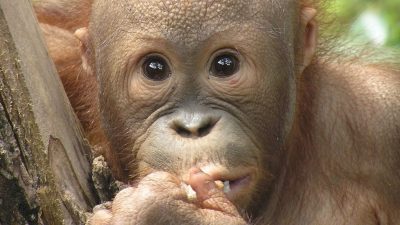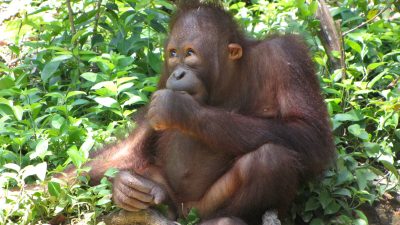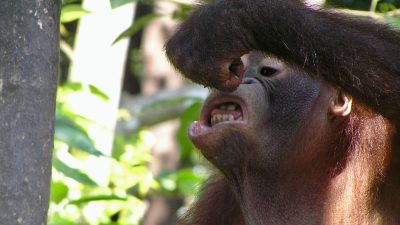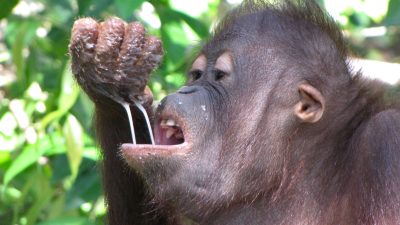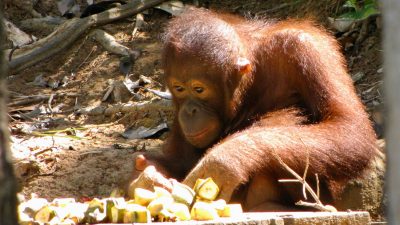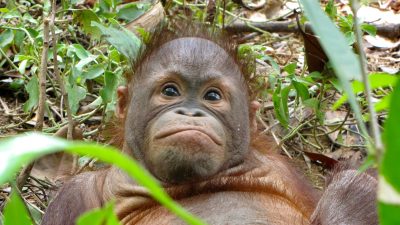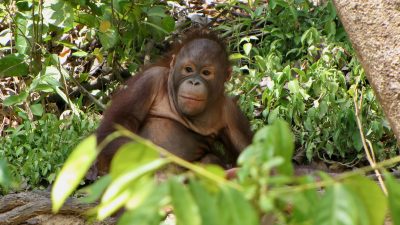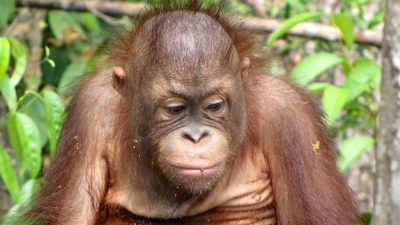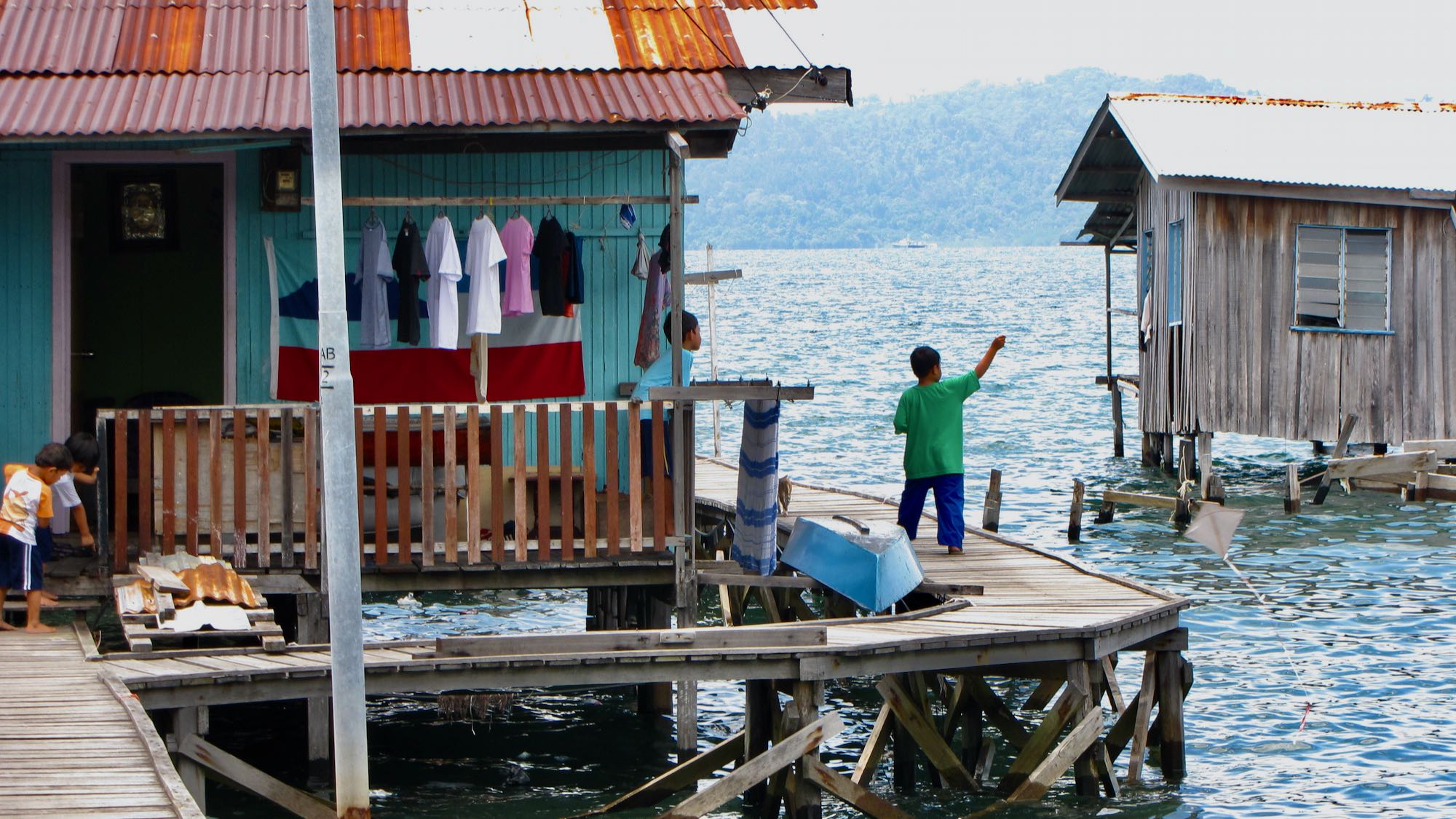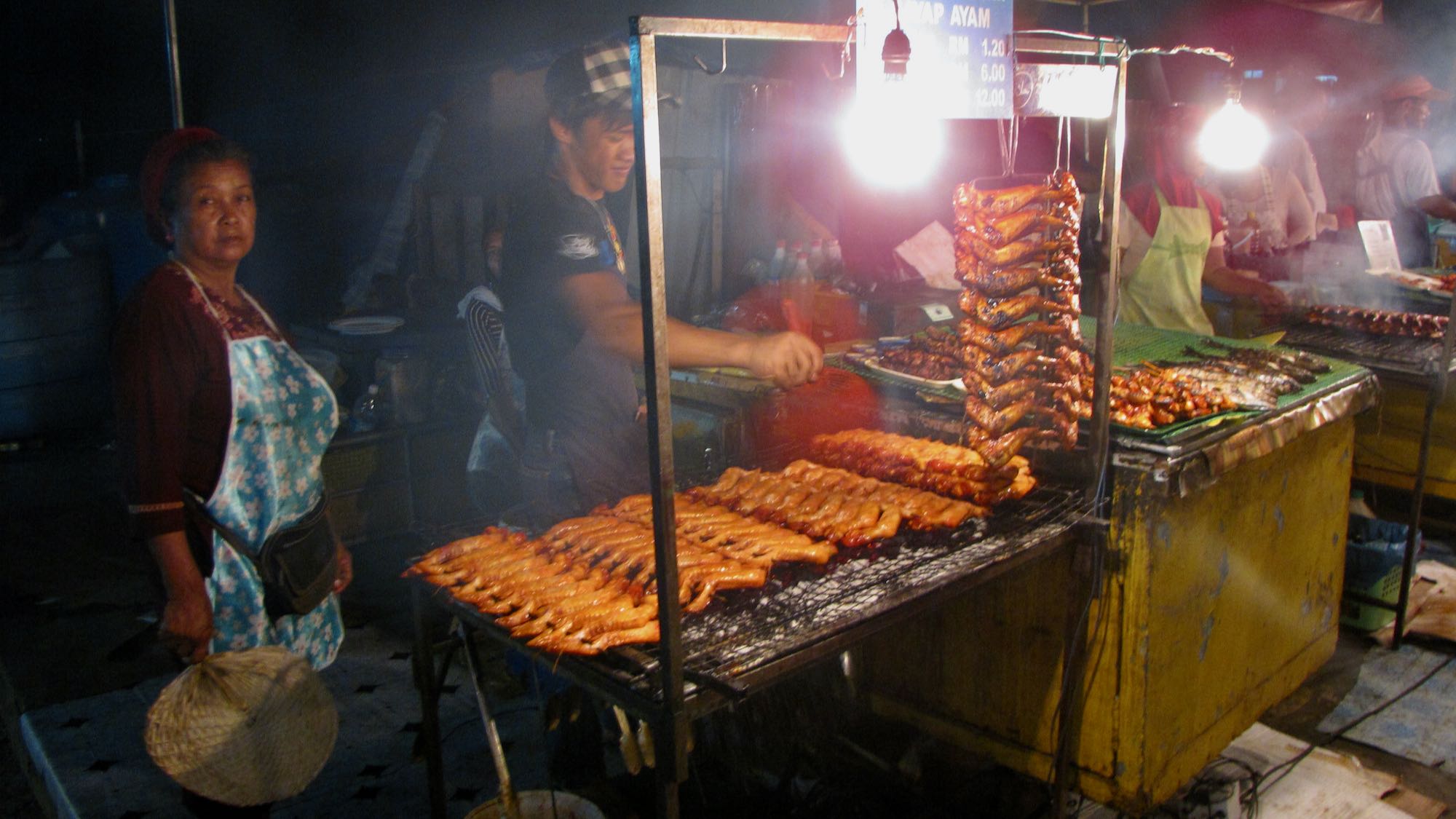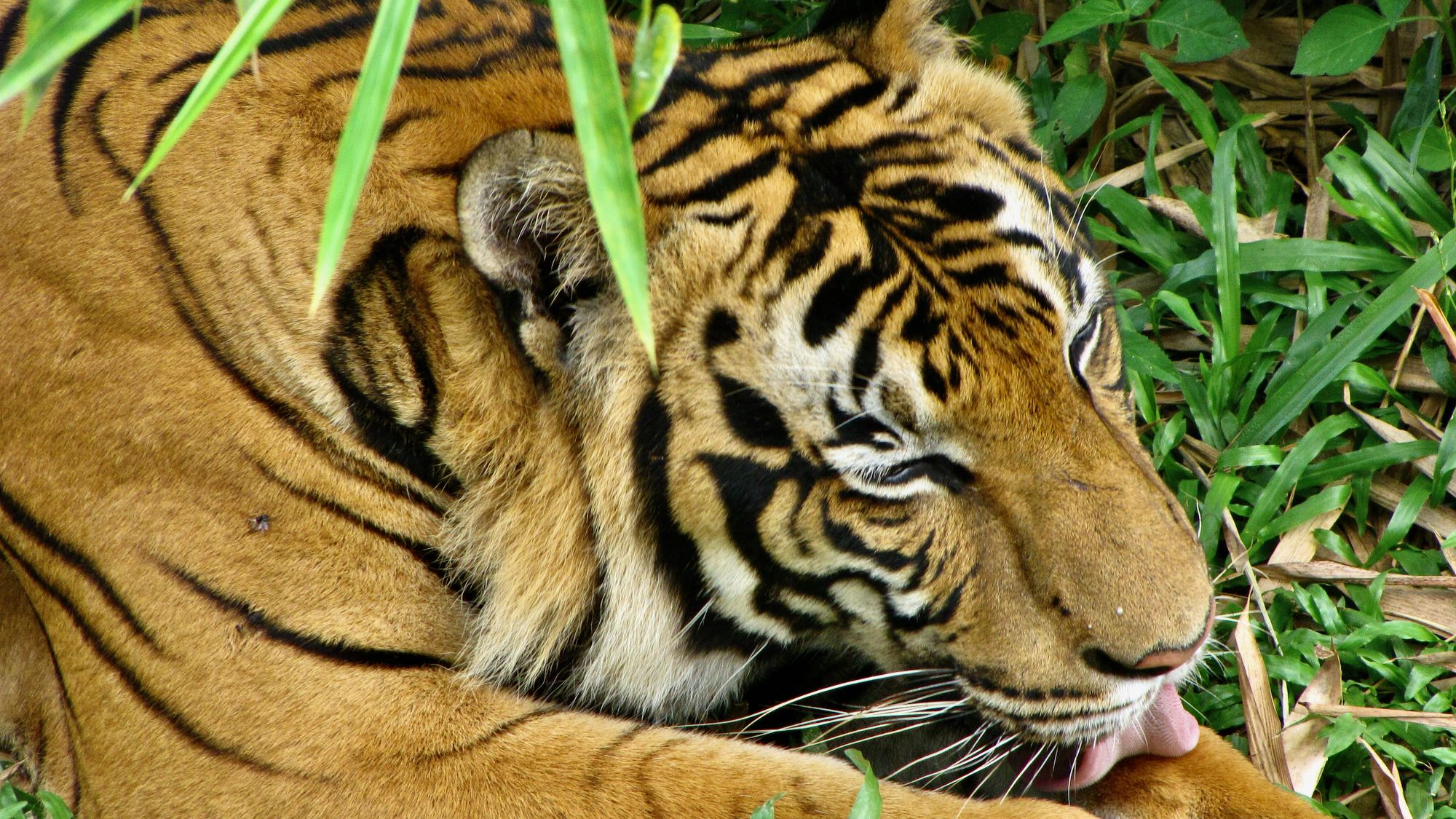Nature’s nursery: The story of Shangri-La Rasa Ria reserve
Shangri-La’s Rasa Ria Nature Reserve brings together luxury and wild adventure in the heart of Borneo.
This 64-acre sanctuary showcases the stunning biodiversity of Malaysian wildlife while offering an intimate glimpse into rainforest life. The nature reserve has become one of Southeast Asia’s premier conservation sites, combining environmental protection with education.
The heart of conservation
The nature reserve prioritises wildlife conservation through various innovative programs. Teams of dedicated conservationists work tirelessly to protect and study indigenous species within the protected grounds. Their efforts have established Shangri-La’s Rasa Ria as a leader in sustainable tourism and conservation practices in Borneo.
The reserve’s commitment to preservation extends beyond its boundaries, partnering with local communities to promote sustainable practices and wildlife protection. These initiatives have created a model for responsible eco-adventures while maintaining the delicate balance of the rainforest ecosystem.
Natural wonders within
The nature reserve harbours an incredible array of indigenous species. Rare plants thrive alongside ancient trees, creating a vibrant tapestry of life throughout the protected area. The reserve’s location in Borneo provides the perfect environment for numerous species to flourish.
Within Shangri-La’s Rasa Ria nature reserve, the rainforest tells its own story through layers of vegetation and wildlife interactions. The careful management of this ecosystem ensures that each species plays its vital role in maintaining the reserve’s biodiversity.
The reserve offers numerous jungle trails that wind through different vegetation zones. Each path reveals new aspects of the rainforest’s complex ecosystem, providing opportunities to spot wildlife in their natural habitat.
Educational programs at Shangri-La’s Rasa Ria combine learning with adventure. Participants gain insights into conservation while experiencing the wonders of Borneo’s natural heritage. These programs highlight the importance of preserving indigenous species for future generations.
Conservation success stories
The nature reserve’s rehabilitation programs have achieved significant milestones in wildlife conservation. Through careful planning and dedication, numerous species have found safe haven within the reserve’s boundaries. These successes demonstrate the effectiveness of combining conservation with Malaysian hospitality.
Local communities play an essential role in the reserve’s conservation efforts. Their knowledge and participation have strengthened wildlife protection initiatives while creating sustainable economic opportunities. This collaboration showcases how tourism and conservation can work together effectively.
Essential information
The nature reserve welcomes guests throughout the year, with each season offering unique perspectives on the rainforest ecosystem. Morning hours typically provide optimal wildlife viewing opportunities, while afternoon visits showcase different aspects of the reserve’s biodiversity.
Shangri-La’s Rasa Ria nature reserve continues to set standards in conservation and eco-adventures. Through its commitment to wildlife protection and environmental education, the reserve ensures that Borneo’s natural heritage remains preserved for generations to come.

